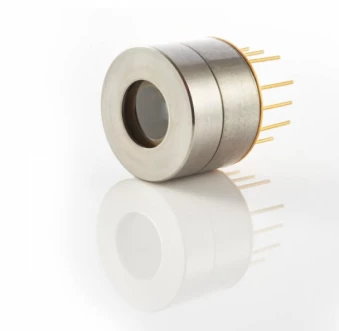Description
The **PVA-2TE series** represents a cutting-edge line of two-stage thermoelectrically cooled infrared photovoltaic detectors, meticulously engineered by VIGO System S.A. These detectors are crafted using advanced InAs1-xSbx alloys, ensuring high performance without the inclusion of mercury or cadmium, thus adhering to the stringent RoHS Directive. A distinctive feature of these detectors is the 3° wedged sapphire (wAl2O3) window, which is specifically designed to prevent unwanted interference effects, enhancing the overall reliability and accuracy of the measurements.
These detectors are optimized for a spectral range of **2.0 to 5.5 µm**, making them ideal for a variety of infrared detection applications. The PVA-2TE series is available in two variants, each with unique characteristics tailored to specific needs. The PVA-2TE-3 variant features an epitaxial InAs heterostructure with a peak wavelength of 2.9 µm, while the PVA-2TE-5 variant utilizes an epitaxial InAsSb heterostructure with a peak wavelength of 4.7 µm. Both variants are housed in a robust TO8 package, ensuring durability and ease of integration into existing systems.
The detectors are equipped with a two-stage thermoelectric cooler, maintaining an active element temperature of approximately 230 K. This cooling mechanism is crucial for achieving high detectivity and responsivity, with the PVA-2TE-3 variant boasting a detectivity of ≥5.0×10¹⁰ cm·Hz¹/²/W and the PVA-2TE-5 variant achieving ≥4.0×10⁹ cm·Hz¹/²/W. These specifications underscore the series' capability to deliver precise and reliable performance in demanding environments. The PVA-2TE series is an exemplary choice for professionals seeking advanced infrared detection solutions that combine innovation, compliance, and superior functionality.
InAs Photovoltaic Detector
Specifications
| Diode Type: | Other |
|---|---|
| Wavelength Of Operation: | 3000 nm |
| Max Frequency Response: | Other / Not specified |
| Active Area Size: | Custom Size |
| Dark Current: | 1-10 nA |
| Package Type: | Custom Package |
| Built-In Amplifier: | Not Specified |
| Applications: | Sensing and Measurement |
| Spectral Response: | 2.0 – 5.5 µm |
Features
- Wide Spectral Range: The PVA-2TE series detectors cover a spectral range from 2.0 to 5.5 µm, making them suitable for various infrared applications.
- Advanced Material Composition: These detectors are based on InAs1-xSbx alloys, offering high performance without the use of mercury or cadmium, in compliance with the RoHS Directive.
- Thermoelectric Cooling: Equipped with a two-stage thermoelectric cooler, maintaining an active element temperature of approximately 230 K for enhanced stability and performance.
- High Detectivity: The PVA-2TE-3 model offers a detectivity of ≥5.0×1010 cm·Hz1/2/W, while the PVA-2TE-5 model provides ≥4.0×109 cm·Hz1/2/W, ensuring sensitive detection capabilities.
- Fast Response Time: With a time constant of ≤15 ns for the PVA-2TE-3 and ≤20 ns for the PVA-2TE-5, these detectors are ideal for applications requiring rapid response.
- Compact Design: The detectors feature a small active area of 0.1×0.1 mm and are housed in a TO8 package, facilitating integration into various systems.
- Robust Window Material: A 3° wedged sapphire (wAl2O3) window is used to prevent unwanted interference effects, ensuring clear and accurate measurements.
- Versatile Preamplifier Options: Compatible with "all-in-one" AIP programmable, PIP standard, MIP small, and SIP-TO8 preamplifiers for flexible system integration.
Applications
- Infrared Spectroscopy: Ideal for applications requiring precise spectral analysis in the 2.0 – 5.5 µm range.
- Gas Detection: Suitable for detecting gases that absorb infrared light within the specified wavelength range.
- Environmental Monitoring: Useful for monitoring atmospheric conditions and pollutants.
- Industrial Process Control: Can be used in systems that require monitoring of chemical processes and emissions.
- Medical Diagnostics: Applicable in non-invasive medical diagnostic equipment that relies on infrared detection.
- Security and Surveillance: Effective in systems that require detection of infrared signatures for security purposes.
- Research and Development: Beneficial for scientific research that involves infrared detection and analysis.
- Thermal Imaging: Can be integrated into thermal imaging systems for enhanced detection capabilities.
Frequently Asked Questions
What is the wavelength range of the InAs Photovoltaic Detector?
Is the InAs Photovoltaic Detector thermoelectrically cooled?
Does the InAs Photovoltaic Detector comply with the RoHS Directive?
Is bias required for the InAs Photovoltaic Detector?
What is the spectral response of the InAs Photovoltaic Detector?
Similar Products
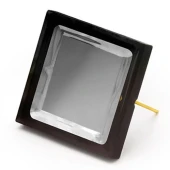
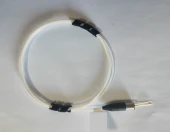
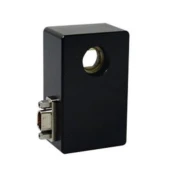
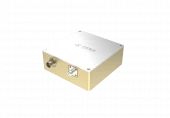
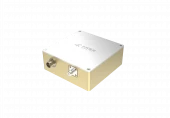
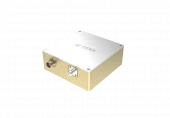
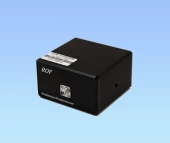
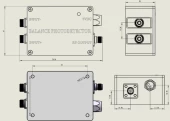
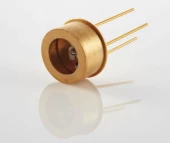
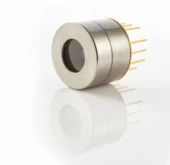
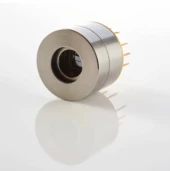
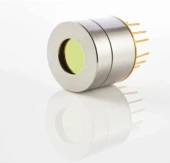
Your inquiry has been received.
Create an account by adding a password
Why create an account?
- Auto-complete inquiry forms
- View and manage all your past messages
- Save products to your favorites
- Close your account anytime — no hassle
